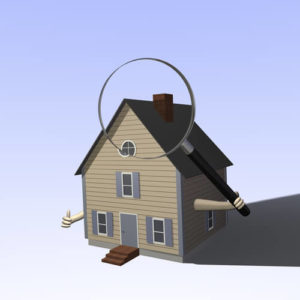If you’ve gone 12 months with no chimney inspection, you need to have it checked after a flue fire, if you’re looking to make updates for sale or refinance, or are selling the property. There are many reasons to have a chimney inspection–the first and most important reason is for chimney safety. The most safe and efficient chimney systems are those that are cleaned and inspected regularly.
When to Schedule an Inspection
Your chimney should be inspected by a professional every 12 months for safety and efficiency according to the Chimney Safety Institute of America (CSIA)and the National Fire Protection Association (NFPA). These important diagnostic appointments prevent dangerous creosote buildup, hazards, damaged parts, and more.
Scheduling in the spring – Many homeowners choose to schedule their inspection in the spring in order to diagnose winter damage and to prevent leaks through the wet and humid months of spring and summer. An inspection in the spring means your chimney is clean and safe for another year, and you get the bonus of a well-working system through the summer so that conditioned air doesn’t escape, and animals don’t creep in.
Scheduling in the fall – It can be difficult to get an appointment during the fall due to the busyness of chimney professionals at this time. However, an inspection in the fall insures your system is safe and ready for burn season. Don’t leave it up to chance. If you have any reason to schedule an inspection, do so before you light the first fire of the season.
Levels of Inspection
CSIA inspections are completed at three levels to allow homeowners the best results. You can schedule an inspection according to your needs, spend less, and get the detailed look necessary for you chimney’s safety.
Level One – The inspection scheduled annually when no changes have been made to the system and there have been no problems with the system. A level one inspection includes all the readily accessible portions of the chimney, fireplace, appliance, and chimney connections. The technician looks for basic soundness during a level one inspection, and if a hazard is detected, further assessment will be scheduled.
Level Two – When there is a problem with the system, changes made to the system, or when it has sustained possible damage during a fire or other natural occurrence (storm, earthquake, etc.). A level two inspection is also required when a property is sold or transferred. A level two inspection includes all accessible parts of the system by way of panels and doors and may include portions in attics and basements. A level two inspection with Billy Sweet Chimney Sweep also includes a detailed scan of the system using a Chim-Scan closed circuit video surveillance system.
Level Three – This inspection is required when a hazard is detected in the system and will require removal of portions of the system to gain access to the hazards. This may mean removal of components such as brick, crown, and even walls and other materials. A level three inspection will likely result in repairs to the affected portion of the chimney.
Call Billy Sweet Chimney Sweep today and get on the schedule this fall so that your chimney is safe and efficient this burn season.
